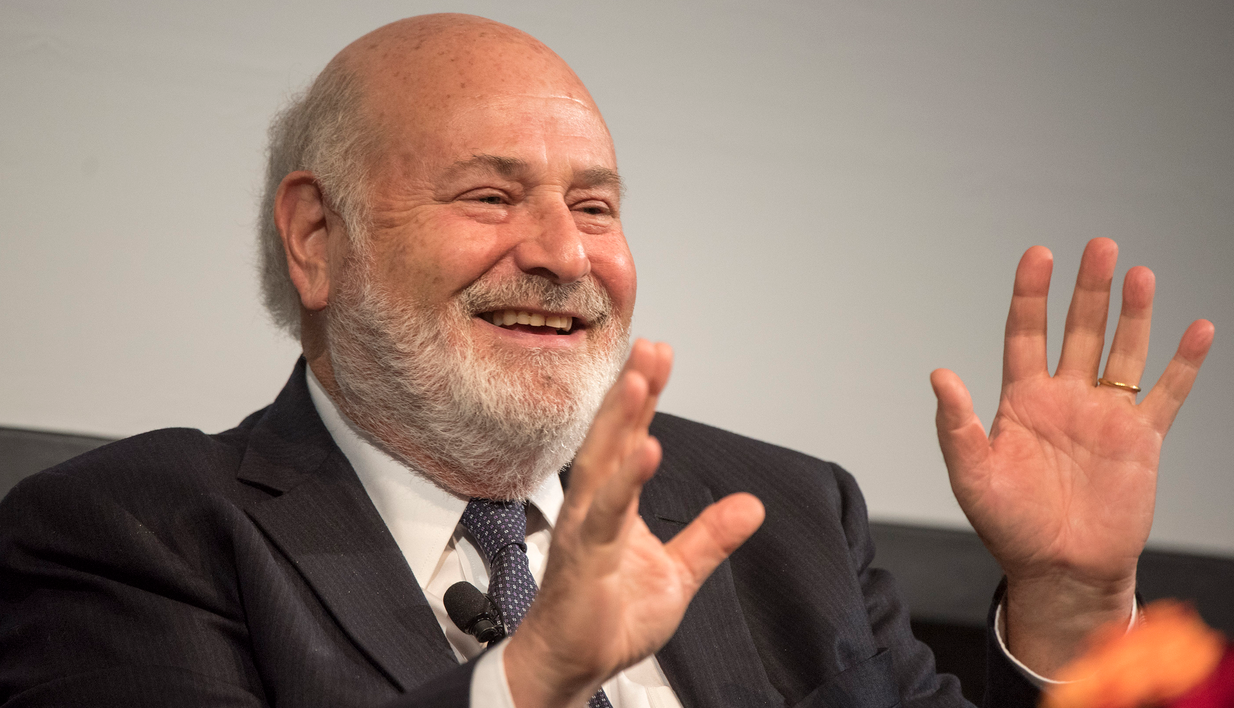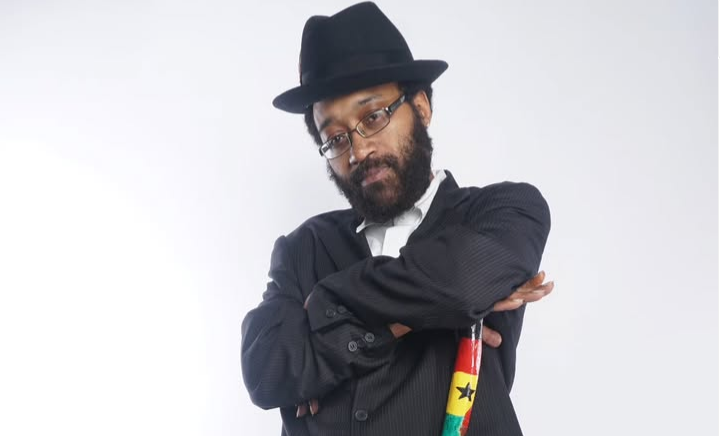Nikolaj Arcel’s The Dark Tower, an adaptation of Stephen King’s sprawling book series, left a lot of viewers confused in the end by its streamlined narrative and changed mythology. Jammed into a lean 95-minute running time, the film attempts to shoehorn elements of King’s novels into an action-driven, fast-paced story. Even though the movie is very far from the book, the central plot remains the same for the last Gunslinger, Roland Deschain, as he deals with Walter Padick, who is also known as the Man in Black. Now let’s step into the lore of this movie, where it departs from the books, and what really this ending is about.
The Tower
At its heart, The Dark Tower brings forth two significant worlds: Mid-World and Keystone Earth. Mid-World is Roland’s home, a decaying dimension where magic and decay exist together. Keystone Earth, however, represents our world, untouched by the chaos that surrounds Mid-World. Both dimensions countless others- are anchored by the Dark Tower, a mystical structure that protects the multiverse from malevolent entities lurking in the Prim, the dark void beyond creation.
To accomplish this objective, Walter resorts to utilizing the psychic energy of children. The film terms this as “Shine”. There exists a boy, Jake Chambers, portrayed by Tom Taylor. Jake Chambers possesses very rare powers in terms of psychism, which makes him a major threat to the existence of the Tower since such powers might bring an end to it.
Jake Chambers and “The Shine”
Jake’s powers, in the film that has come to be known as “The Shine,” are like The Shining’s psychic abilities. As Danny Torrance, Jake is shown to have some signs of telepathy and visions and a sort of attachment to some unseen force. In the books, however, these are called “the Touch,” a much more subtle yet still similar gift.
Walter’s Motivation: Mayhem for the Crimson King
The Man in Black is the main villain. The destruction of the Tower appears to be a very simple mission: bring chaos and darkness to all worlds. However, his activities are not self-motivated. Walter is a servant of the Crimson King, an extremely old, evil power that is the manifestation of the ultimate destruction. The Crimson King wants to break down the multiverse into the Prim, from where all creation began, a chaotic nothingness.
Whereas the movie suggests that the power of the Crimson King lingers in the air, even graffiti around the Dixie Pig boasts “All Hail the Crimson King”, it does not explain his actual efforts. There is no such change in Walter’s personality that would make him fall into the category of being a two-dimensional movie villain. However, in Stephen King’s multiverse, Walter is much more dimensional: a manipulator and pawn in an apocalyptic game.
The Quest of Roland and Glowing Blue Eyes
Roland Deschain is the last Gunslinger, a stoic warrior burdened by the loss of his world and his loved ones. In the movie, Roland’s eyes glow blue during intense gunfights, symbolizing his heightened focus and connection to ancient magic. This visual cue, absent from the books, aligns with the movie’s superhero-esque tone, emphasizing Roland’s near-superhuman abilities.
The Final Showdown
The climax involves Roland’s confrontation with Walter in Keystone Earth as Jake uses his Shine to defend the Tower. The action is spectacular, but the story is quite thin in its narration, which turns a complicated relationship between Roland and Walter into a simple revenge story. They both set off to rebuild Mid-World and defend the Tower.
The ending ties everything together of the immediate conflict without probing existential questions at the crux of King’s series: it resolves the circular journey Roland is, indeed chasing redemption and knowledge endlessly with the linear, conclusive version; after all, it just serves the audience at a loss in philosophical depth.
What the Movie Failed To Tackle
King fans will notice several glaring omissions. The Crimson King, a central feature of the books, appears only rarely. Roland’s ka-tet, those friends and emotional center he travels with, is absent. His journey in cycles, a central theme of the books, is ignored. All these have probably been jettisoned due to the chaotic production of the film and time constraints, but it still leaves the adaptation feeling unfulfilled.
Conclusion: A Half-Constructed Tower
The Dark Tower (2017) is a film that cannot reconcile King’s labyrinthine lore with mainstream cinema. It ties up loose ends at the ending but sacrifices the deeper threads of fate, redemption, and the nature of heroism that define the books for fans. For new visitors to the series, it remains an action-packed but somewhat shallow introduction.








